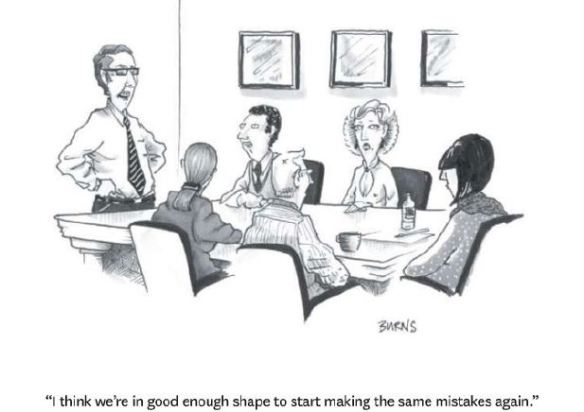One of the nice things about being American is that the government always gives us an opportunity to learn from their mistakes. It doesn’t matter your political views, government is messed up.
So with the latest fiasco with Obamacare (or the Affordable Care Act, if you prefer…but Obamacare is so much easier to say) we can see how the website rollout was a poorly managed project. Let’s do some inferring and see why.
A project is really about syncing three things: Scope, Quality, Time. Let’s look at how these things are interconnected and how we can make sure we observe some basic understanding of what to do.
The scope must not have been well defined for the website since the major issue was that too many people were trying to log on at once. This should have been projected as a risk during the definition portion of the project and a mitigation strategy designed. Now, I am not a web designer or network engineer, so please forgive the errors I may state and feel free to correct me if you have knowledge in these areas.
The system should have been designed to manage the peaks of the users. The traffic should have been projected and then doubled. I know that some of the States had their own systems and that needed to be factored in as well. But there are mathematicians that can help with the statistics. There are design criteria for the servers and workflow processes. Some users could have been given a “sorry” message rather than having their information lost when applying for healthcare.
Obviously, the timeline was not reasonable since the website clearly wasn’t ready. This should have been a pushback to the White House. Another option would be to cut back the scope or quality of the site, but since that was probably not a good option, they should have delayed the start.
In the political environment, you have to pay attention to what is promised to the people. The web site designers should have been regularly communicating with the President (their Sponsor) who in turn is communicating to the people (the Stakeholders). The President and system designers should have been on the same page with timing, capability, and expectations so that everyone understood what was going to happen. If it would have been stated that the site could only handle so many users, it would have been better received when there were issues and the corrections could have happened immediately.
Lessons…
- Clearly understand your objectives and create a comprehensive scope.
- Listen to your Sponsor.
- Predict the needs of the users.
- Communicate, communicate, communicate.
As with Leadership, Project Management boils down to communication. Communication of expectations, progress, and reality. We all want an optimist to lead, but reality has to be part of what is communicated. People can tell the difference between hope and reality if you give them the information to distinguish between the two.


Hi Anthony,
From a purely project management perspective, I think we all agree that once a project is done, it is not really done, and so it enters this phase where you have series of mini-projects to fix what’s broken in that original project. This is nearly always the case in large projects, and the healthcare.gov debacle is no exception.
Of course, I’m not saying that this how things should be – but when you get a large governmental project, combined with a huge number of stakeholders, and a healthy doze of bureaucracy, then you should be lucky to get what you have now. Large governmental projects are invariably subject to delays and to quality issues, but things do get better with time, for all projects.
I think one American coach once said: “We didn’t lose the game, we just ran out of time” – and I think this is the case of the majority of projects out there.
Neither Agile nor any other PM process could have saved this project.
I agree that not all projects can be perfect. Government is definitely a different animal. But that doesn’t mean we can’t learn from those projects. A lessons learned is a good wrap up for a project. Why not do the same when we see opportunities from another project?